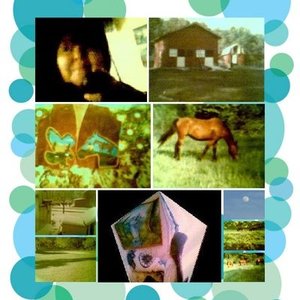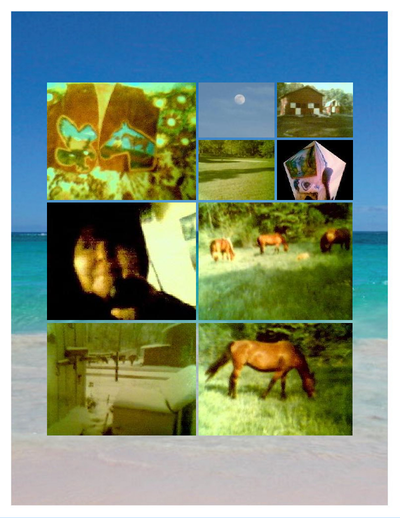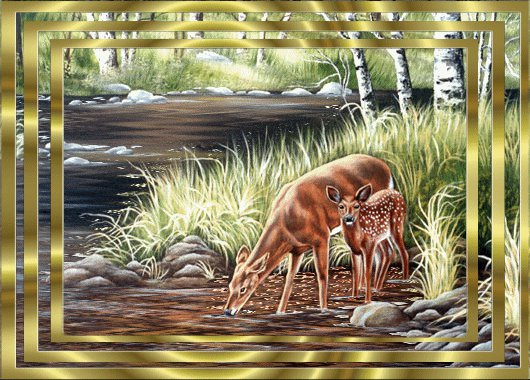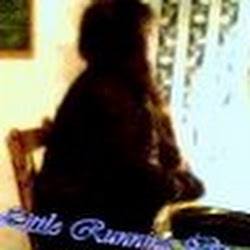Cancer Cure Found in Secret Native American Herbal Formulation
To understand how a cancer cure works, it is important to understand how cancer begins and acts in the human body.
Tea to Fight Off Cancer they say / I Used part of a teaspoon of Pau D’ Arco each day
To understand how a cancer cure works, it is important to understand how cancer begins and acts in the human body.
Tea to Fight Off Cancer they say / I Used part of a teaspoon of Pau D’ Arco each day
Native Chant and Ojibway Prayer
With the sound of nature all around were a perfect addition to a perfect day. We need to appreciate and celebrate the wonders and beauty of nature that abound. Take a moment out of your busy life today to be quiet, go outdoors and listen to the sounds of nature. Take a deep breath, smile and be grateful for the moment.
With the sound of nature all around were a perfect addition to a perfect day. We need to appreciate and celebrate the wonders and beauty of nature that abound. Take a moment out of your busy life today to be quiet, go outdoors and listen to the sounds of nature. Take a deep breath, smile and be grateful for the moment.
Ojibwa writer Louise Erdrich
Ojibwa Indians harvest wild rice today.
The Ojibwa Indian “midewiwan” befriended an English couple who settled in Northern Ontario, Canada, at the turn of the century. By 1902, the couple and other prospectors had come to the region hoping to get rich in the forested wilderness where the Ojibwa still lived according to traditional Native American ways.
The prospector’s wife developed a hard mass in her breast. When the Ojibwa healer heard of the woman’s condition, he offered a remedy that had been passed down by “the grandfathers.”
The shaman told the woman and her husband that the remedy was “a holy drink that would purify her body and place it back in balance with the great spirit.”
Skeptical, the couple traveled to Toronto where the mass was diagnosed as breast cancer. The doctors urged immediate removal of the breast. The two were afraid and had no money for the operation, so they returned to the frontier, where the Ojibwa midewiwan prepared a brew. “Midewiwan” means “good hearted.” It is the Ojibwa expression for healer or medicine man.
The Englishwoman was to drink the brew two times a day until, as the story is told, the cancer victim’s body was “back in harmony with the great spirit.”
Twenty years later, a 33-year-old nurse in a small provincial Ontario hospital met this Englishwoman. The woman’s breast was scarred where the cancerous mass had been. When the country nurse inquired, the old Englishwoman told her how her breast cancer had been cured by the Ojibwa medicine man.
The prospector’s wife developed a hard mass in her breast. When the Ojibwa healer heard of the woman’s condition, he offered a remedy that had been passed down by “the grandfathers.”
The shaman told the woman and her husband that the remedy was “a holy drink that would purify her body and place it back in balance with the great spirit.”
Skeptical, the couple traveled to Toronto where the mass was diagnosed as breast cancer. The doctors urged immediate removal of the breast. The two were afraid and had no money for the operation, so they returned to the frontier, where the Ojibwa midewiwan prepared a brew. “Midewiwan” means “good hearted.” It is the Ojibwa expression for healer or medicine man.
The Englishwoman was to drink the brew two times a day until, as the story is told, the cancer victim’s body was “back in harmony with the great spirit.”
Twenty years later, a 33-year-old nurse in a small provincial Ontario hospital met this Englishwoman. The woman’s breast was scarred where the cancerous mass had been. When the country nurse inquired, the old Englishwoman told her how her breast cancer had been cured by the Ojibwa medicine man.

The nurse was Rene Caisse. She kept notes of the herbs that the Englishwoman told her were used in the brew. Her notes were put away and forgotten until Rene Caisse’s aunt developed cancer of the stomach and liver. The aunt’ s condition was terminal. Nurse Caisse consulted the attending physician, who said that trying the herbs could do no harm since the aunt was condemned to die from the cancer.
Her aunt recovered after two months of treatment with the herbal cure and lived 20 more years. This began rural nurse Rene Caisse’s lifelong devotion to treating and curing patients with terminal cancer at no charge—only the satisfaction of bringing condemned cancer victims back to life.
Picture is Not Linked
Her aunt recovered after two months of treatment with the herbal cure and lived 20 more years. This began rural nurse Rene Caisse’s lifelong devotion to treating and curing patients with terminal cancer at no charge—only the satisfaction of bringing condemned cancer victims back to life.
Picture is Not Linked
The Ojibwa medicine man’s cure was never accepted by the medical establishment. Nurse Rene Caisse began what became a 60-year struggle to have the herbal mixture clinically tested and administered as a treatment for cancer.
When she died in 1978, after an operation on a broken hip, 90-year-old Rene Caisse left behind a miracle cure for cancer that was still veiled in controversy and conflict with the Canadian Ministry of Health and Welfare’s Cancer Commission.
When she died in 1978, after an operation on a broken hip, 90-year-old Rene Caisse left behind a miracle cure for cancer that was still veiled in controversy and conflict with the Canadian Ministry of Health and Welfare’s Cancer Commission.


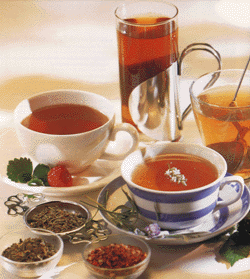
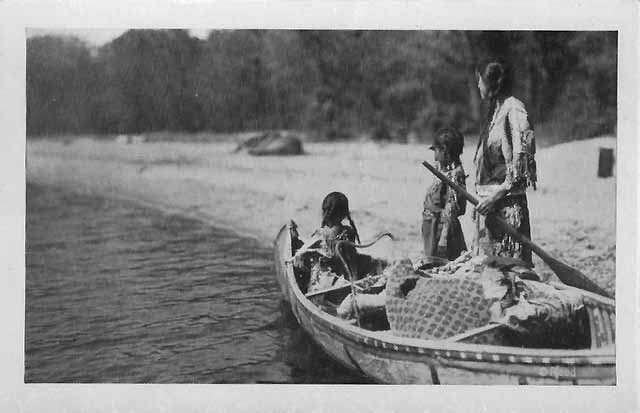
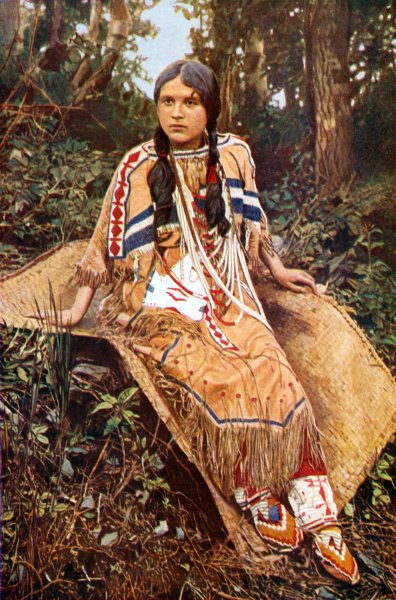
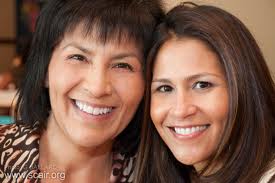
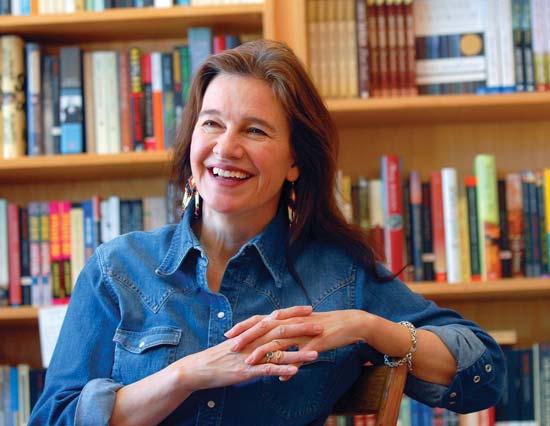
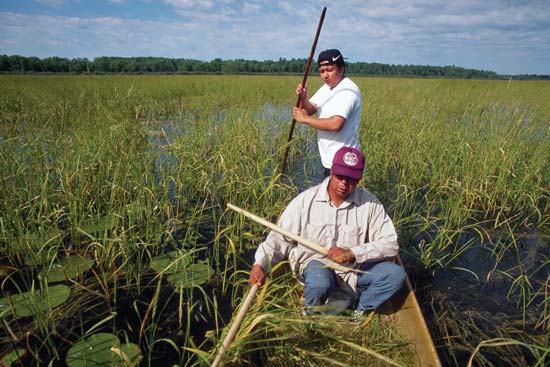
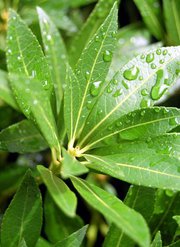
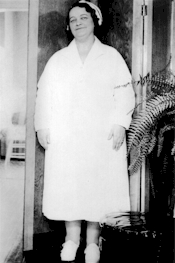

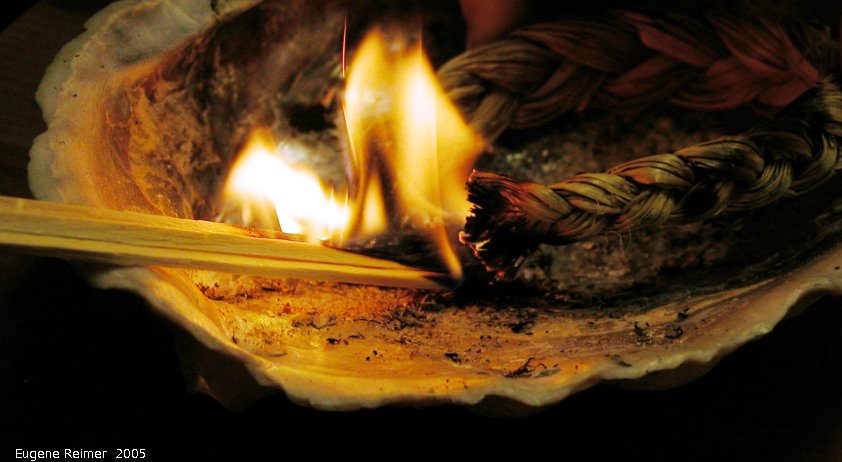


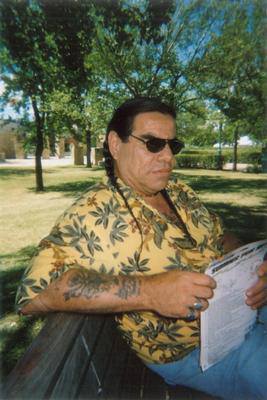




 RSS Feed
RSS Feed
